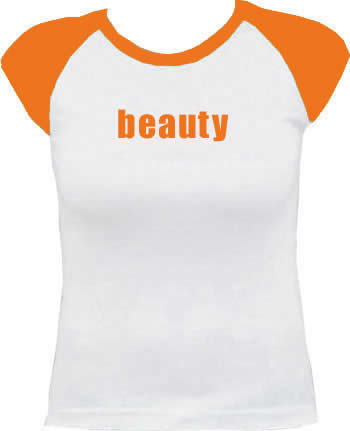| Beauty is big business.
93% of British women use a cosmetic of some sort
(the highest percentage in Europe) and £5 billion is spent
on them each year. More and more of us opt for the cosmetic surgery:
there were 65% more surgeries carried out in 2004 than 2003, 92%
of the patients were women.
Yet despite the huge spend, one thing appears to remain unchanged:
women's dissatisfaction with the way that they look. A 2005 survey
in Bliss magazine revealed that only 8% of young women were happy
with their body.
What should women look like? What should women wear?
Should they style their hair? These vexed questions have been as
hotly debated in the pages of the feminist press as in articles found
in women's popular magazines, as ideas of what it is to be a woman
are so often played out on the very surfaces of women's bodies.
For the Edwardian rational
dress movement getting rid of the corset was a liberation; in the
70s, feminists used the bra to symbolise the constraints imposed
on women's lives; and in the 90s arguments raged as to whether
the Wonderbra's plunging cleavage signalled the arrival of the
sexually confident woman or a return to submission.
|


